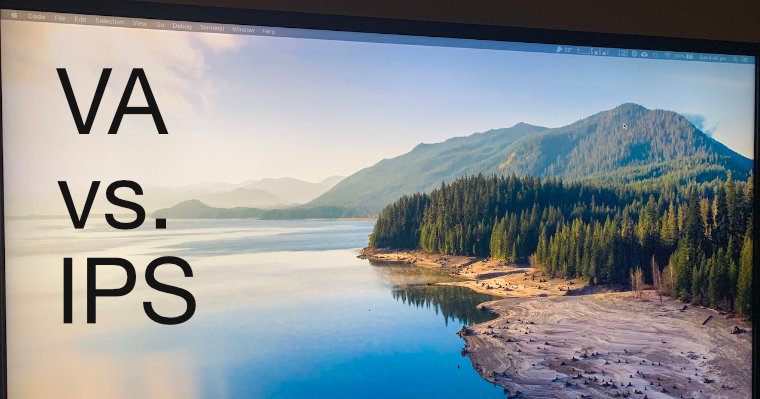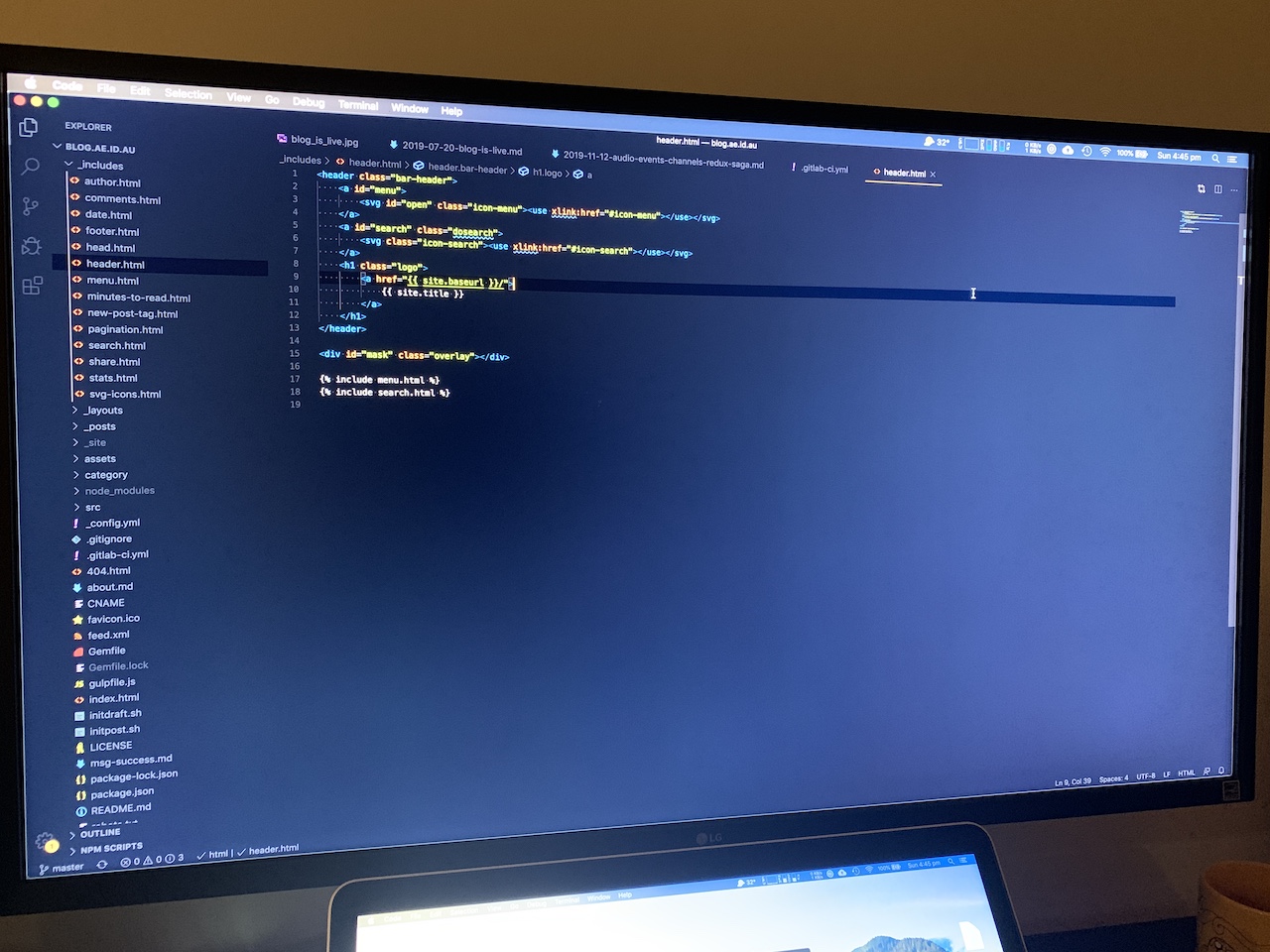2 min to read
The Problem with VA Panels
A common drawback of VA monitor panels is nearly a deal breaker for me

I few months back I switched from a 27” 4K IPS monitor to a 32” 4K VA.
At the time I was a little hesitant about moving from IPS to VA but the price difference between the two when shopping for 32” 4K models was approximately double.
So what are my thoughts around this now that I have been using the VA panel for a few months?
It’s mostly a very well designed monitor, it has vibrant colours and looked less washed out than a similar Samsung VA panel I was considering at the time. The move from 27” to 32” at the same 4k resolution sees pixel density drop from ~163PPI to ~137PPI which is a noticeable regression (but still better than a 27” panel @ 1440p which comes in at 108PPI).
While not as bad as TN, VA panels are known to demonstrate some contrast shifts at off center angles and this is the part that has been a bit irritating for me.
It isn’t too noticeable when watching YouTube or playing games but one of the primary uses of this screen for me is coding, I use editors such as VS Code, IntelliJ etc usually configured with a dark theme. The dark background across a large area makes the contrast shift very obvious.
Clearly visible in the next photo is the dark grey background of VS Code showing good contrast in a small area most perpendicular to the users point of view, the rest of the screen appears washed out.
It’s by no means unusable, just a little distracting.
The same editor displayed on the screen of the Macbook Pro that’s currently plugged into the monitor doesn’t demonstrate the same flaw (it appears to show a little in the photo but in real life it’s not noticeable).
It looks fine when viewing images or video that aren’t a big continuous area of dark colour.
To conclude: In my specific case I wish I had spent the additional money on the IPS panel (with the bonus of USB-C charging etc). For somebody who doesn’t require the larger size and is mostly using the monitor for productivity based tasks like coding or content creation I would recommend my previous monitor (LG 27UL850-W) or a more basic alternative like the LG 27UL500-W which can be had for under AU$500.
My recommendations above don’t apply if competitive gaming is a primary use case (especially first person shooters). In this case your criteria will be quite different so my recommendations would shift to a 27” screen at 1440p but using a higher refresh rate (typically 144hz), not an area of expertise for me though so don’t expect a detailed write up :)
If you would like to read more about the differences between IPS, VA and TN panels I would recommend this article.
OLED panels are also starting to make an appearance on some TVs and laptops, it’s early days yet but OLED displays are demonstrating excellent colours and viewing angle stability but peak brightness isn’t as good and there are concerns around long term reliability.




Comments